So, you’ve finally seen Dune and you have plenty of questions. You’re having some trouble discerning between your Lisan al-Gaibs and your Mahdis. You’re a little confused about terms like Kwisatz Haderach and Shai-Hulud. Why did the movie end so abruptly? When is Part 2 coming out? How faithful was this movie to the book? What the hell was that strange, black, gimp-like spiderdog creature in the Harkonnen’s throne room? (We have no idea!) Are the Bene Gesserit essentially Jedi witches? (Pretty much!)
In this explainer, we will attempt to answer as many of your pressing questions about Dune as we can.
We’ve also included a glossary of important Dune terms at the end for your reference.

The Story So Far…
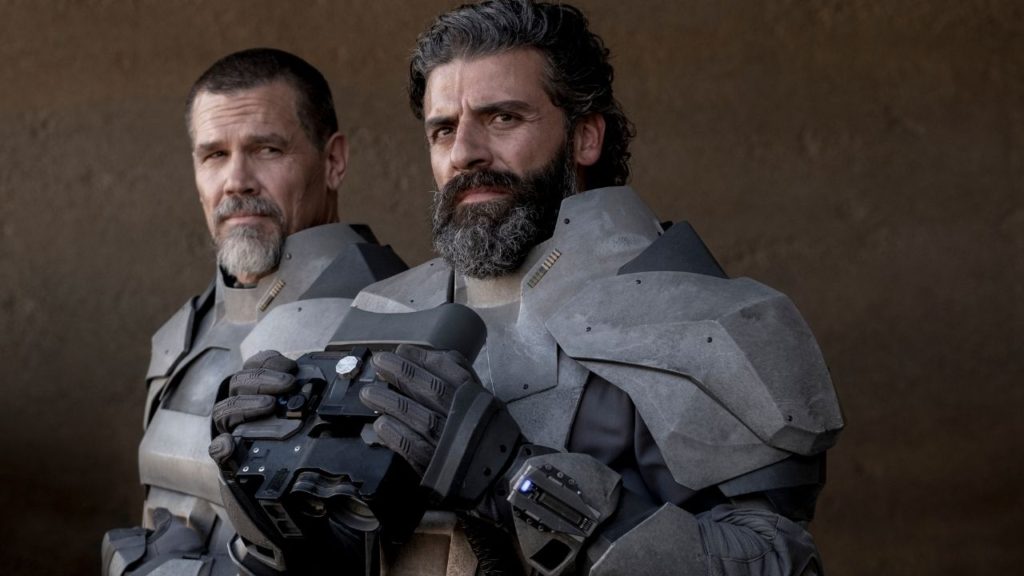
Before we get into it, here’s a quick synopsis on what the movie is all about.
The story of Dune takes place more that twenty thousand years in the future and is set in a feudal society where noble families rule planets in an imperium that’s presided over by a Byzantine emperor. The book begins when Duke Leto Atreides is forced to move his family from their home on the idyllic planet of Caladan to the desert planet Arrakis. The titular Dune.
The Duke is the new ruler of Arrakis. Installed by imperial decree, he is taking over from the evil Harkonnens who ruled despotically over the planet for eight long decades. Once on Arrakis, House Atreides take over the mining of the spice melange, a mysterious substance that prolongs human life, enhances cognitive abilities, and makes interstellar travel possible. The fact that spice can only be found on Arrakis makes it the most valuable planet in the universe.
We soon learn, however, that this sudden elevation of the Duke is nothing more than an elaborate scheme by the paranoid Padishah Emperor Shaddam IV, who is secretly in cahoots with members of the House Harkonnen, to destroy House Atreides.
Soon after they arrive on Arrakis, however, they are betrayed by one of their own, leaving Leto dead, and his wife, Jessica, and son, Paul, on the run.
What follows is nothing short of epic. Action and adventure. Conspiracy and murder. All of which drive a story about religious fanaticism, environmental brinkmanship, and messianic salvation.
How Does Denis Villeneuve End Dune: Part 1?

After the annihilation of House Atreides at the hands of the Harkonnens and the Emperor’s Sardaukar soldiers, Paul and Jessica are presumed to have perished in a violent sandstorm when their ornithopter crashes in the Arrakis desert. The both of them survive (after Paul uses his Force powers the weirding way to perform a controlled crash) and set out to find Stilgar (Javier Bardem) and Sietch Tabr, the same community of Fremen that Duncan Idaho (Jason Momoa) previously befriended.
After a brief encounter with a massive sandworm, Paul and Jessica find themselves in the presence of the Fremen. It isn’t the most pleasant of encounters as Stilgar, and in particular Jamis, aren’t too pleased with the idea of outsiders on their land and in their Sietches. They don’t quite buy that Paul is the chosen one and while Stilgar sees some value in preserving his life, he deems Jessica as being of no use to his tribe.
Things turn violent. Paul disarms Jamis and Jessica overwhelms Stilgar, who calls for a truce when he realizes that she is a Bene Gesserit “witch,” and agrees to take them back to their Sietch. Sensing weakness in Stilgar’s decision, and taking advantage of the fact that Jessica bested him in battle, Jamis makes a leadership play and invokes the Amtal Rule (which literally means “tested to destruction”) and the Tahaddi Challenge.
What is the Tahaddi Challenge? A fight to the death of course!
Paul volunteers to fight Jamis as Jessica’s champion and the both of them engage in mortal combat! (Say it with me!) Before that, however, Paul once again has a series of baffling visions in which he witnesses the outcome the fight, and is told that he must die for the Kwisatz Haderach (“one who can be many places at once”) to rise.
It’s all metaphorical of course. Paul had never killed anyone before this, but for the Kwisatz Haderach to ascend, Paul’s moral conscience had to die. By killing Jamis, Paul effectively sheds his identity as Duke of Caladan and takes his first steps towards becoming the leader that the universe (and the Bene Gesserit) want him to be.
With that one kill, Paul, and by extension Jessica, are accepted into the Fremen. As they journey back to Stilgar’s Sietch, Paul and Jessica witness “desert power” as they see a Fremen riding a sandworm across the dunes. It’s then that Chani turns to Paul and smiles, reassuring him that “this is only the beginning.”
Of his journey and ours.
Now bring on Part 2.
What About Paul’s Other Visions?

Besides his visions of Chani and the bloody fight with Jamis, Paul also sees himself becoming a warmongering messiah for the Fremen, leading them in a merciless jihad against the Empire – even attacking his former homeworld of Caladan.
In the novel, Paul is plagued by the fear that such a fate is predetermined and thus inescapable. We see some of that weight reflected in Timothée Chalamet’s performance, but given where the movie ends, it looks like Paul’s conflicted relationship with being “the one” is something Villeneuve will likely explore in the next movie.
How Faithful is Denis Villeneuve to the Book?
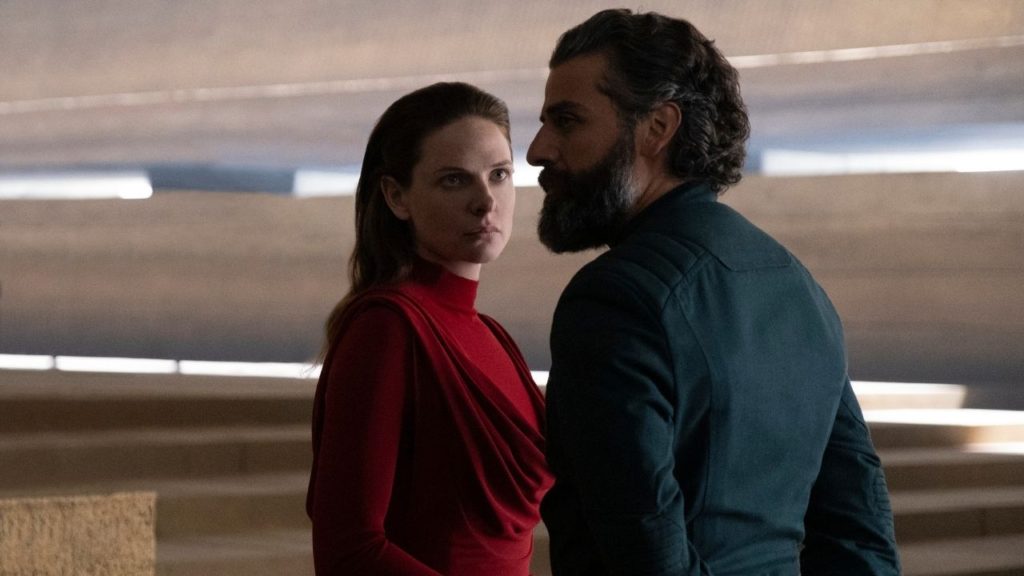
Very! Villeneuve is faithful but not slavishly so. As we said in our review of Dune, this movie feels more like a collaboration than it does an adaptation. He keeps key moments and some recognizable lines from the novel, while still bringing his own cinematic take to the text.
Villeneuve also deepens these characters by giving them some real emotional beats together. In just a few brief scenes, we learn so much about Paul and his relationships with Leto, Gurney, Duncan, Yueh, and Thufir. It’s brilliant writing that channels and builds on what’s in the novel.
(While the movie doesn’t feature Gurney Halleck playing his baliset, we don’t hold it against Villeneuve as the movie is already two hours and thirty-five minutes long.)
How Much of the Novel Is Covered in Dune: Part 1?

While Brian Herbert and Denis Villeneuve claim that his movie covers the first half of the book, we would say that two-thirds is a more accurate estimate. If we were to go by the latest Ace paperback edition of the novel, Dune: Part 1 covers the first 407 of the book’s 617 pages.
While the last third of the novel is pretty dense, it’ll be interesting to see if Villeneuve brings in elements from Frank Herbert’s follow up novels, namely Dune Messiah,
What’s Next For Dune?
While we wait for Dune: Part 2 to be greenlit (the more times you go see it in cinemas, the more likely it is that this will happen), we can at least rest assured in the knowledge that Warner Bros. and HBO Max have plans to expand the universe beyond the movies.
In 2019, they announced a straight-to-series order for Dune: The Sisterhood, a female-focused prequel to the novel, with Denis Villeneuve developing and Diane Ademu-John (The Haunting of Bly Manor) taking on the role of showrunner. Colour us intrigued!
Postscript
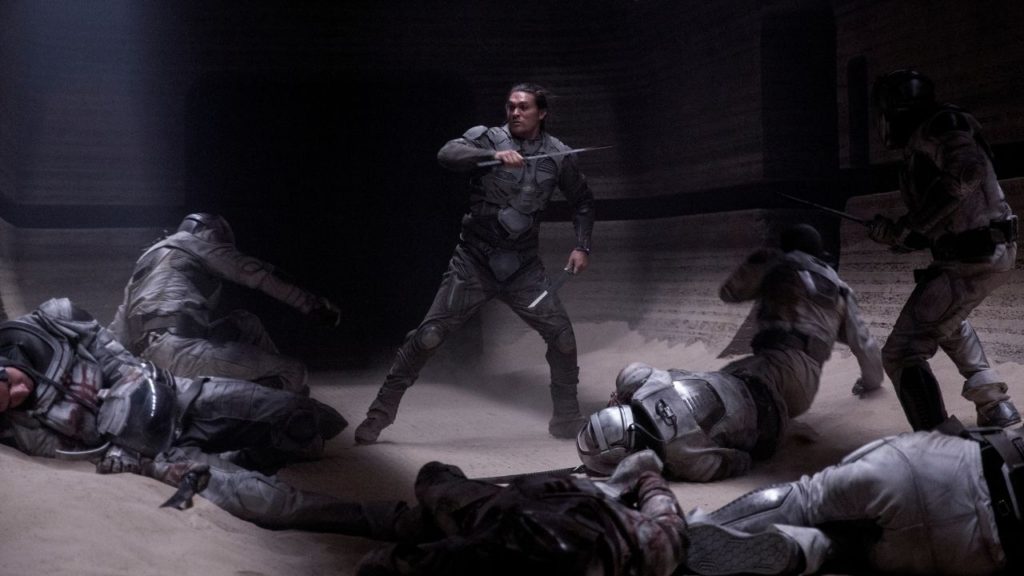
Dune has been a long time coming. Based on a book that’s over five decades old, that’s already been adapted into a movie, a television mini-series, numerous video games, even more comic books, Denis Villeneuve has set out to accomplish what none of those things have been able to and put forward a definitive cinematic version of Frank Herbert’s magnum opus. (He succeeds!)
Despite winning both Nebula and Hugo awards (science fiction’s two most prestigious awards), having sold millions of copies around the world, and considered by many to be the greatest novel in sci-fi canon, Dune doesn’t have the same kind of cultural cachet as The Lord of the Rings, or Harry Potter, or Star Wars. Phrases like “the spice must flow” and “fear is the mind-killer” aren’t quite as pervasive in popular culture as “thou shalt not pass” or “may the Force be with you.”
This movie might just change that. By crafting slow burn cinema that’s both accessible and exciting at every turn, that’s artistic without sacrificing mass appeal, Villeneuve may be responsible for finally giving Dune its due. And while I don’t think we’ll see children wearing stillsuits for Halloween, we do believe that his movie will no doubt bring yet another generation to this hugely important work.
A Dune Glossary
Bene Gesserit – A secretive and powerful matriarchal order whose members possess extraordinary physical and mental powers. Or Jedi Space Witches!
Butlerian Jihad – It’s not explicitly mentioned in the movie, but if you were wondering why there aren’t any robots or computers, it’s because 10,000 years before the events of Dune, mankind engaged in a conflict that resulted in the total destruction of virtually all forms of “computers, thinking machines, and conscious robots.”
Cone of Silence – (Which the Reverend Mother invokes during her conversation with Baron Harkonnen.) A sound-deadening “field of a distorter that limits the carrying power of the voice or any other vibrator by damping the vibrations with an image-vibration 180 degrees out of phase.”
Coriolis storm – (Which Paul and Jessica’s Orhithopter fly into in the third act of the movie.) Sandstorms on Arrakis in which “winds across the open flatlands are amplified by the planet’s own revolutionary motion to reach speeds up to 700 kilometres per hour.”
Crysknife – A weapon made from the tooth of a sandworm from Arrakis.
Fremen – The “native” inhabitants of Arrakis.
Gom Jabbar – A “poison needle tipped with meta-cyanide used by Bene Gesserit Proctors in their death-alternative test of human awareness.”
Harvester – A “large spice mining machine… with a buglike body on independent tracks.”
Holtzman Shield – A defensive shield that takes the form of a protective energy field that surrounds the person who wears it. It prevents projectile weapons from penetrating it and only permits objects that move below a pre-set velocity.
Hunter-Seeker – (As deployed in the assassination attempt on Paul when he arrives on Arrakis.) “Ravening sliver of suspensor-buoyed metal guided as a weapon by a nearby control console; common assassination device.” Floating in mid-air, it kills by entering the body and following nerve pathways to vital organs.
Judge of the Change – “An official appointed by the Landsraad High Council and the Emperor to monitor a change of fief, a kanly negotiation, or formal battle in a War of Assassins. The Judge’s arbitral authority may be challenged only before the High Council with the Emperor present.”
Kwisatz Haderach – “The Shortening of the Way,” or “The one who can be two places simultaneously.” It is a Bene Gesserit label applied to “the unknown for which they sought a genetic solution: a male Bene Gesserit whose organic mental powers would bridge space and time.”
Landsraad – The Assembly of all nobles in the Imperium.
Lisan al-Gaib – The Fremen term for an off-world prophet, or “The Voice from the Outer World.”
Mahdi – According to the Fremen: the messianic legend, or “The One Who Will Lead Us to Paradise.” It is a title applied to Paul Atreides by the Fremen when they determine that he is their messiah.
Melange – Known colloquially as “the spice,” it is a highly-addictive drug essential to space travel, extended life, and therefore to the survival of the universe.
Mentats – (Thufir Hawat and Piter De Vries) Individuals trained as “human computers,” their minds have been developed to staggering heights of cognitive and analytical ability. Which is why they’re so good at all that math.
Muad’Dib – Is actually the name of “the kangaroo mouse of Arrakis, a creature associated in the Fremen earth-spirit mythology with a design visible on the planet’s second moon. This creature is admired by Fremen for its ability to survive in the open desert.” In Dune, Paul Atreides takes “Muad’Dib” as his Fremen name, which takes on greater significance when he is perceived as a messiah.
Ornithopter (or ‘Thopter) – An “aircraft capable of sustained wing-beat flight in the manner of birds” and one of the primary modes of transportation on Arrakis. For more on this, be sure to check out our ode to ornithopters here.
Sandworm – A giant sand-dwelling creatures native to Arrakis. Called Shai-Hulud by the Fremen and worshipped as deities.
Sardaukar – The name given to the ferocious “soldier-fanatics” of the Padishah Emperor.
Sayyadina – (What Stilgar calls Jessica after their confrontation.) Among the Fremen, the Sayyadina (“Friend of God” in Chakobsa) is a priestess who has not yet passed within to become a Reverend Mother.
Sietch – Cave warren inhabited by a Fremen tribal community.
Stillsuit – A “body-enclosing garment” of Fremen design which performs the “functions of heat dissipation and filtering bodily wastes,” as well as retaining and reclaiming moisture.
Thumper – A “short stake with a spring-driven clapper at one end,” placed in the sand to call sandworms, who are attracted to vibration and sound.
Truthsayer – A Bene Gesserit Reverend Mother “qualified to enter truthtrance and detect insincerity or falsehood.”
Usul – A Fremen word, meaning “the strength at the base of the pillar.” This is the secret “sietch name” (known only to his tribe) given to Paul Atreides upon his joining the Fremen.
Voice – Training that allows the Bene Gesserit “to control others merely by selected tone shadings of the voice.”

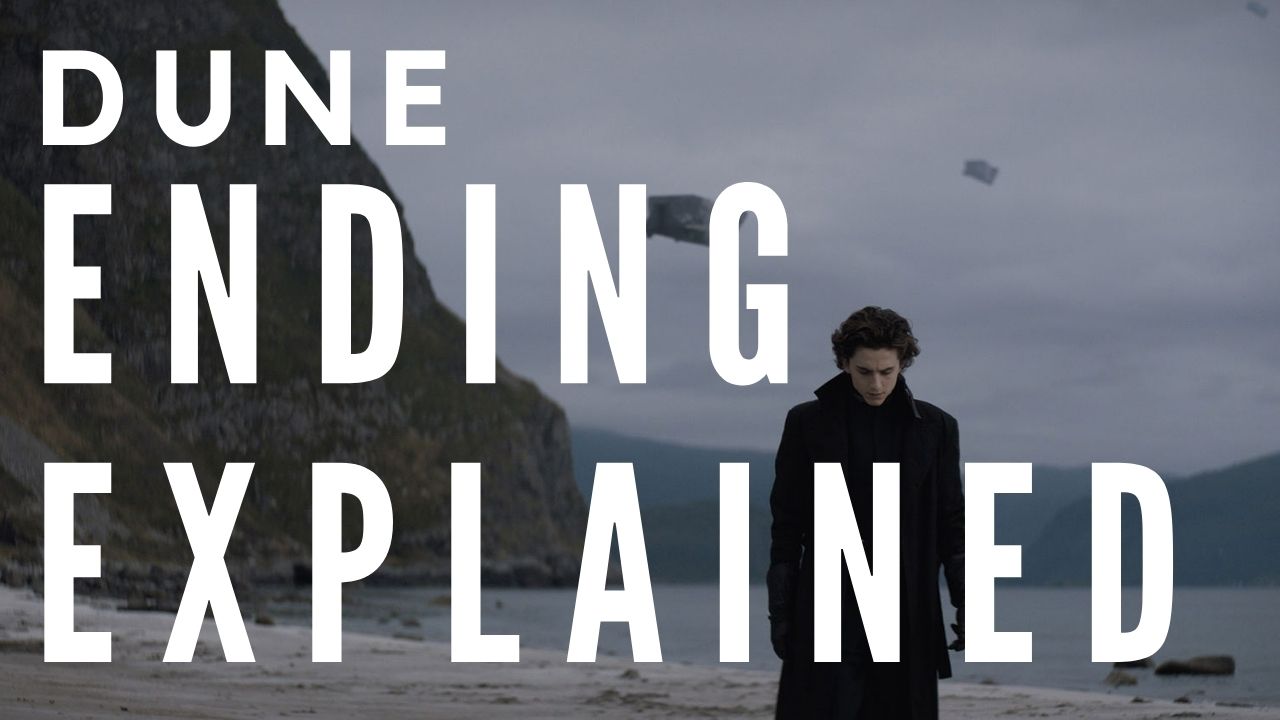
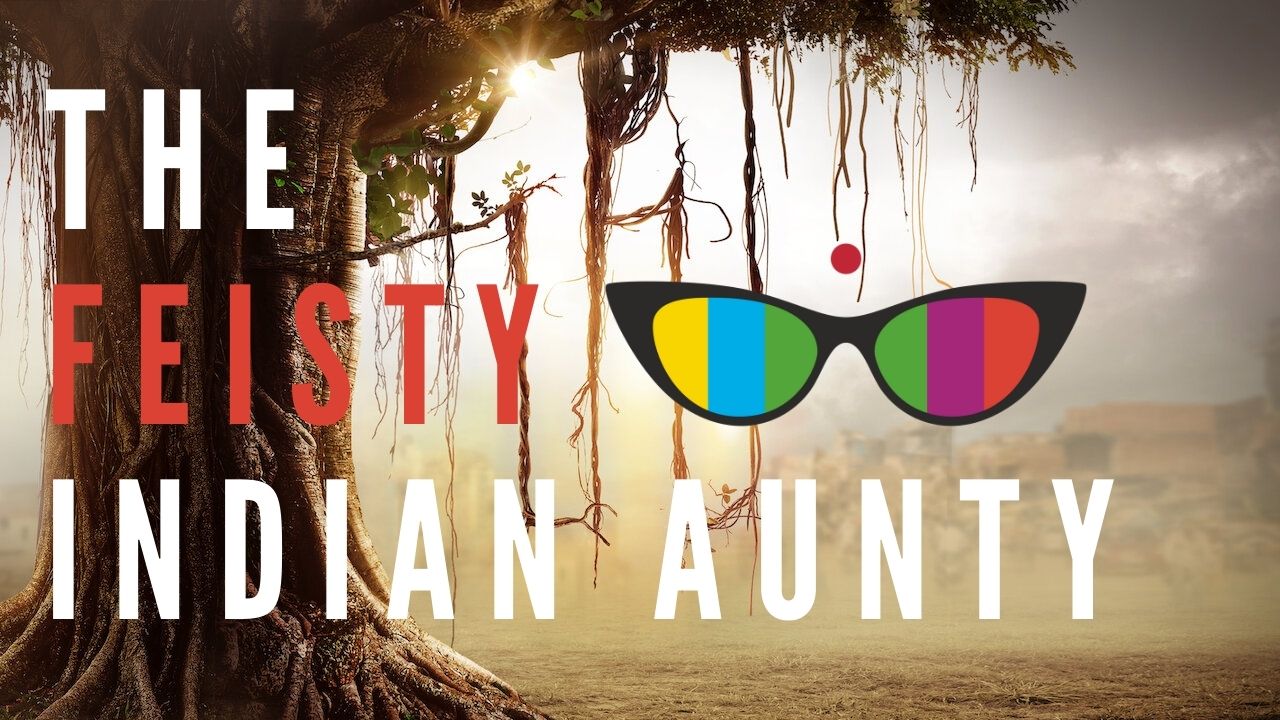
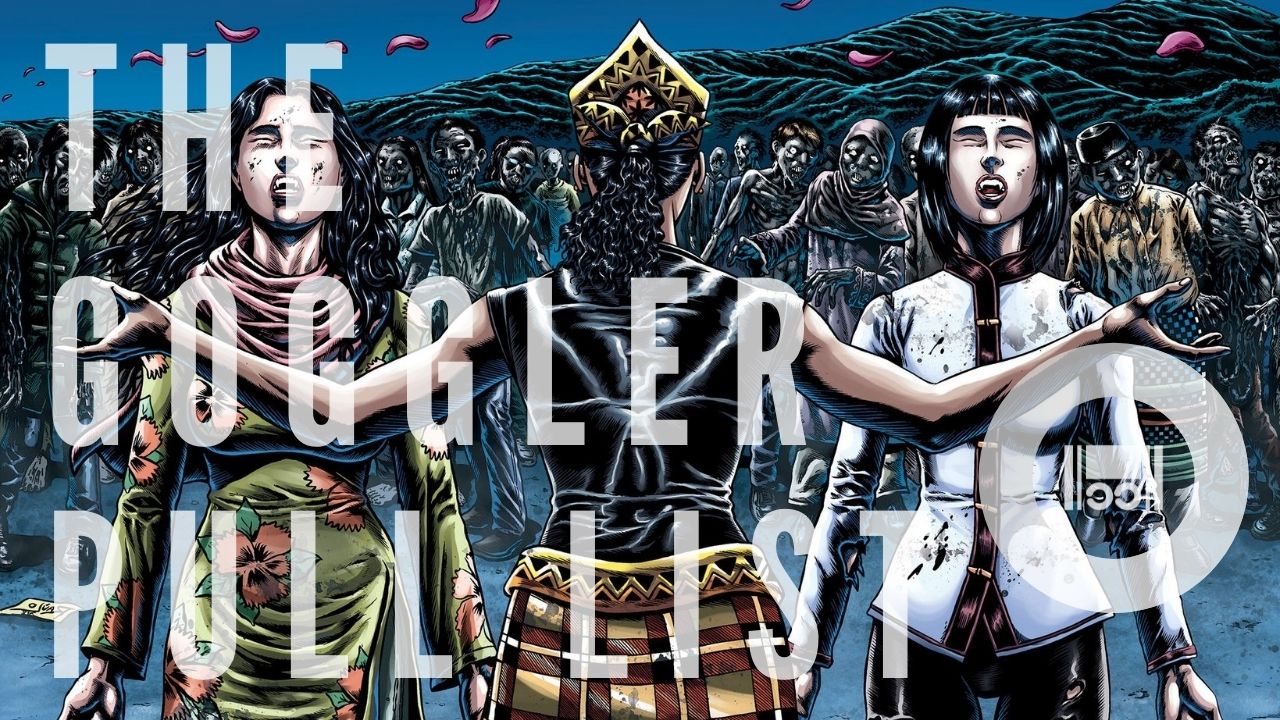
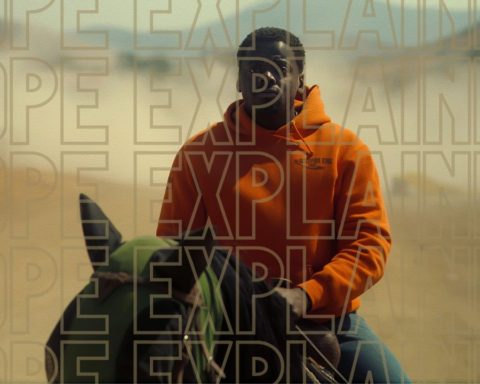
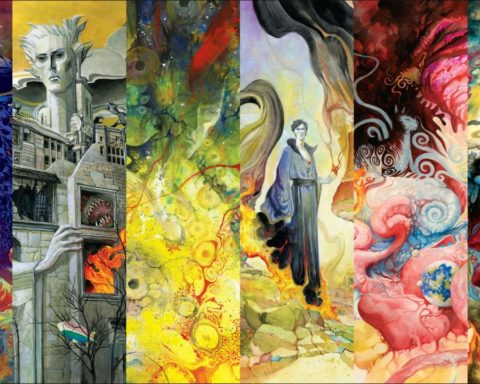
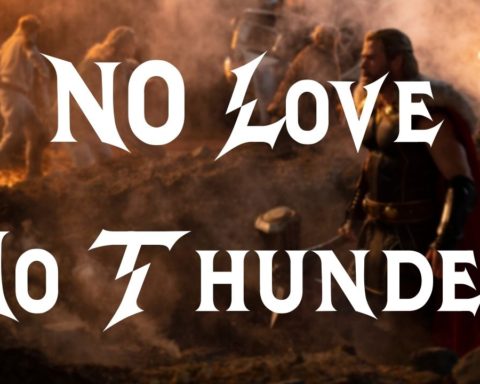

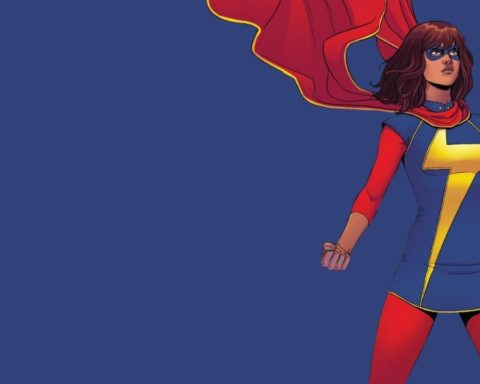
Follow Us